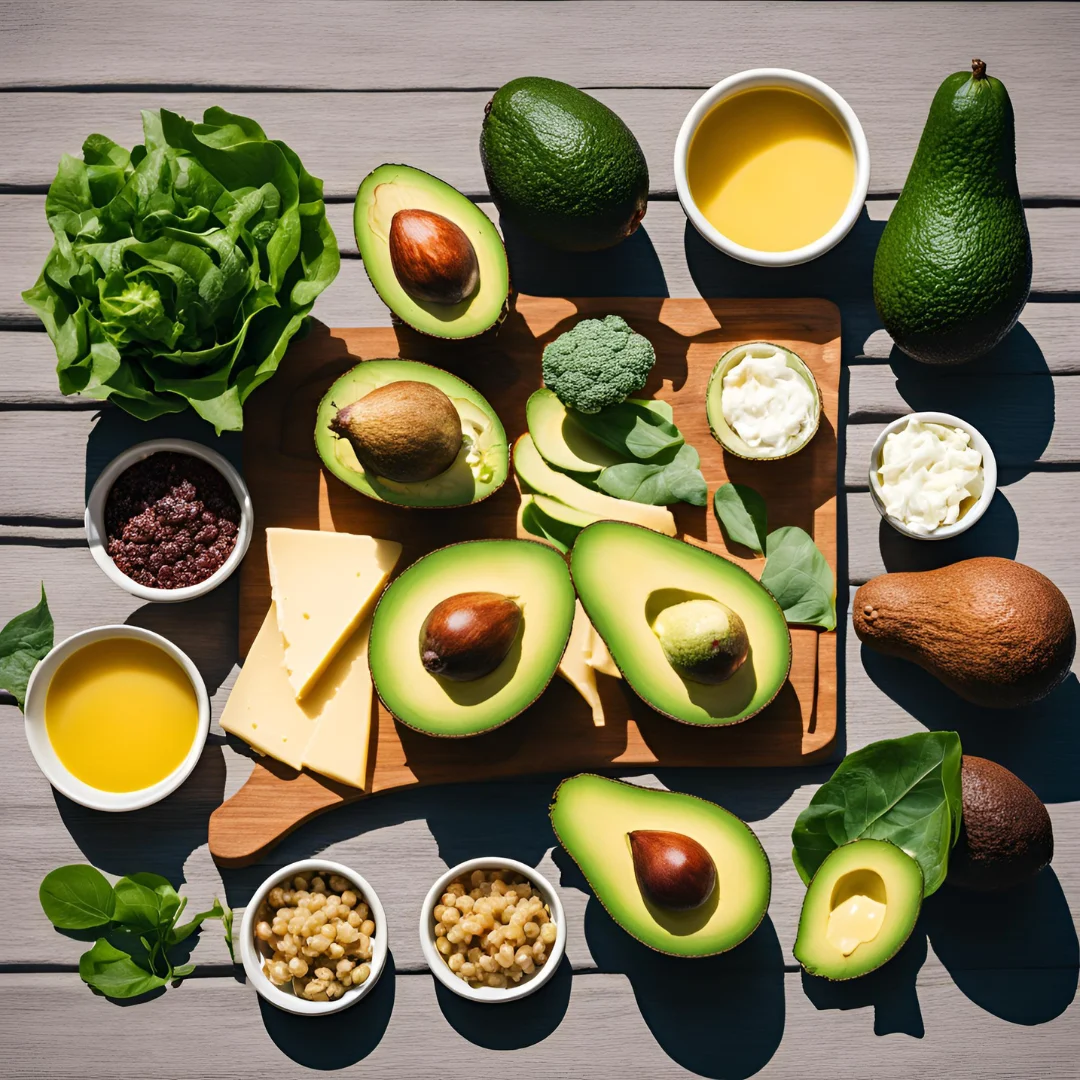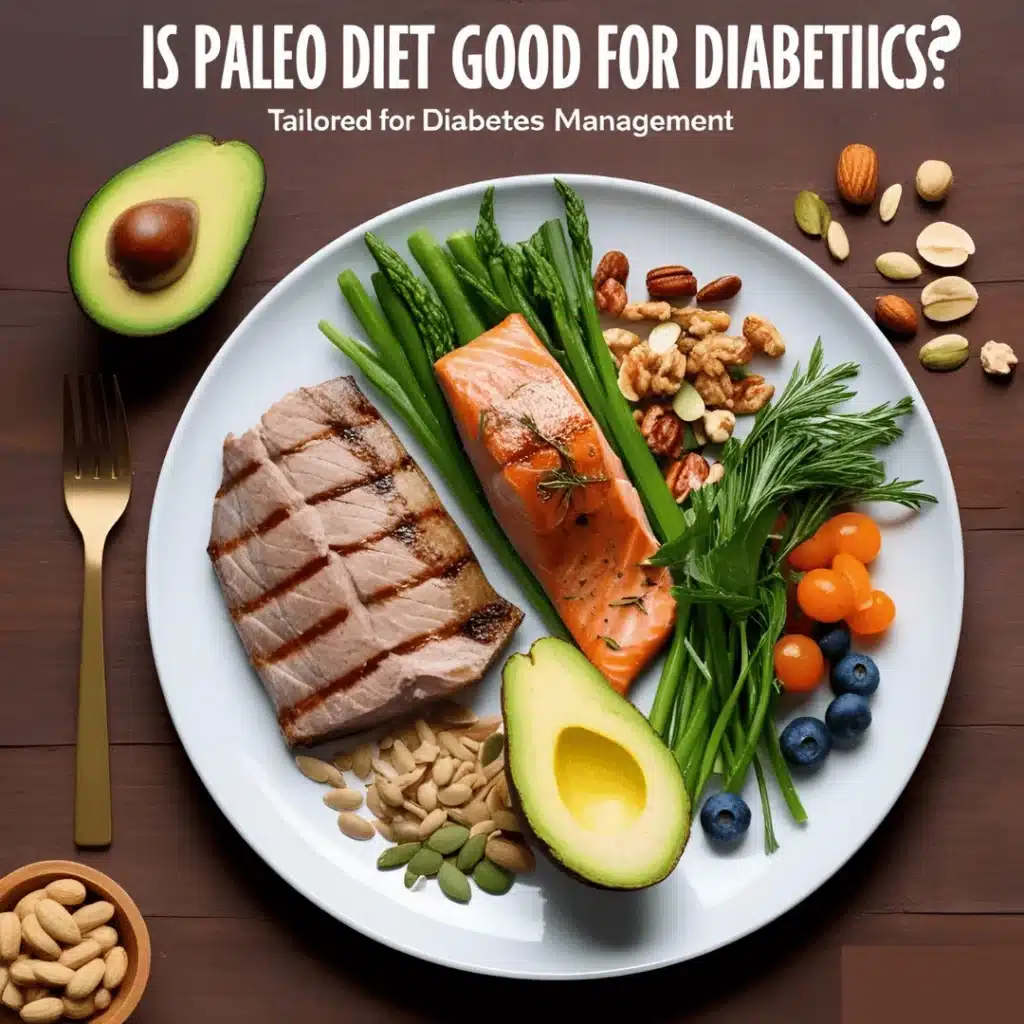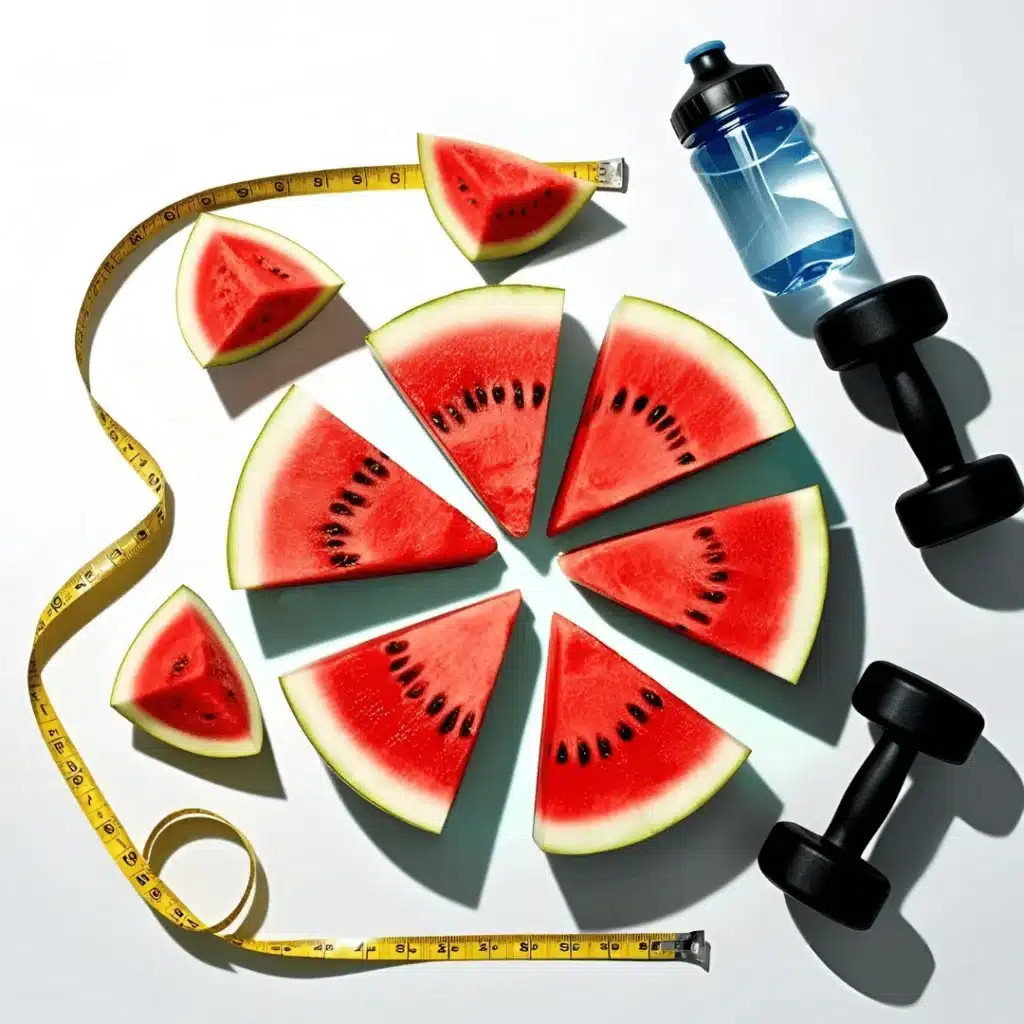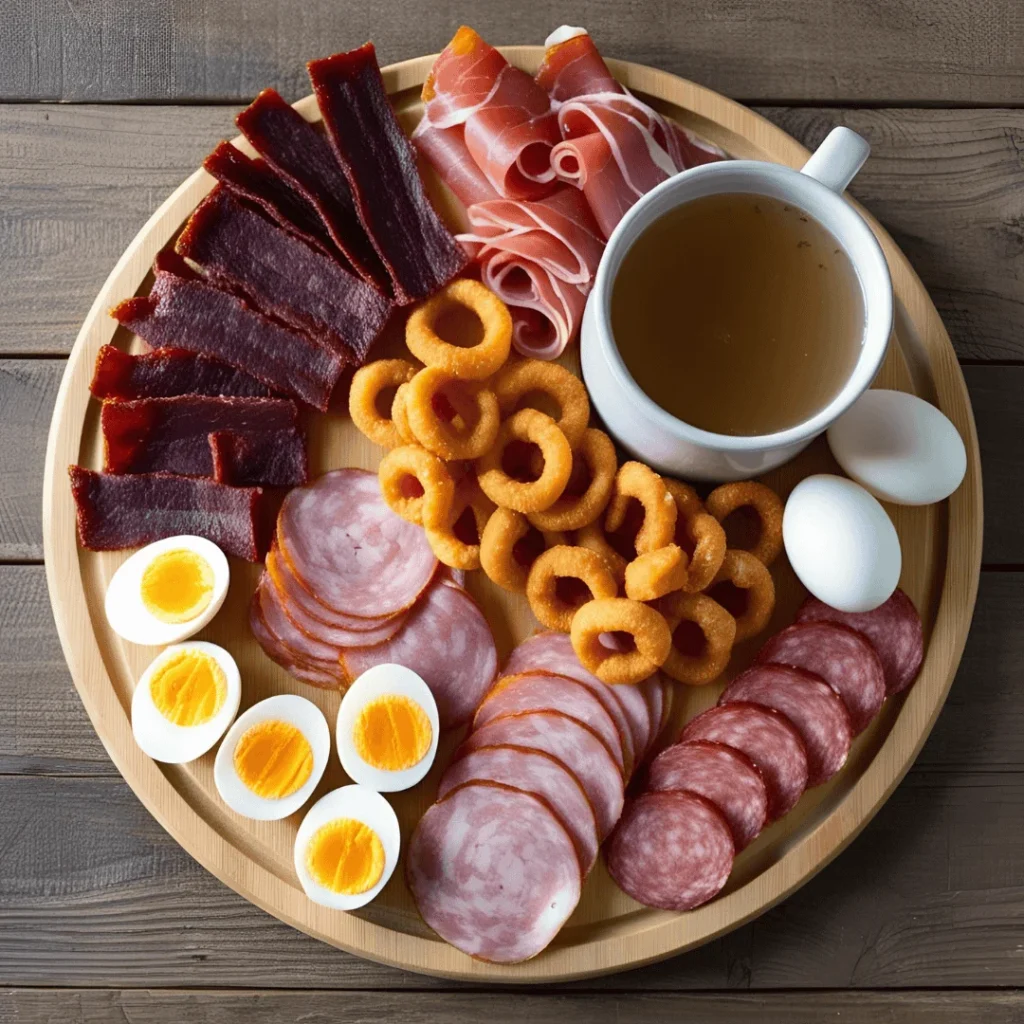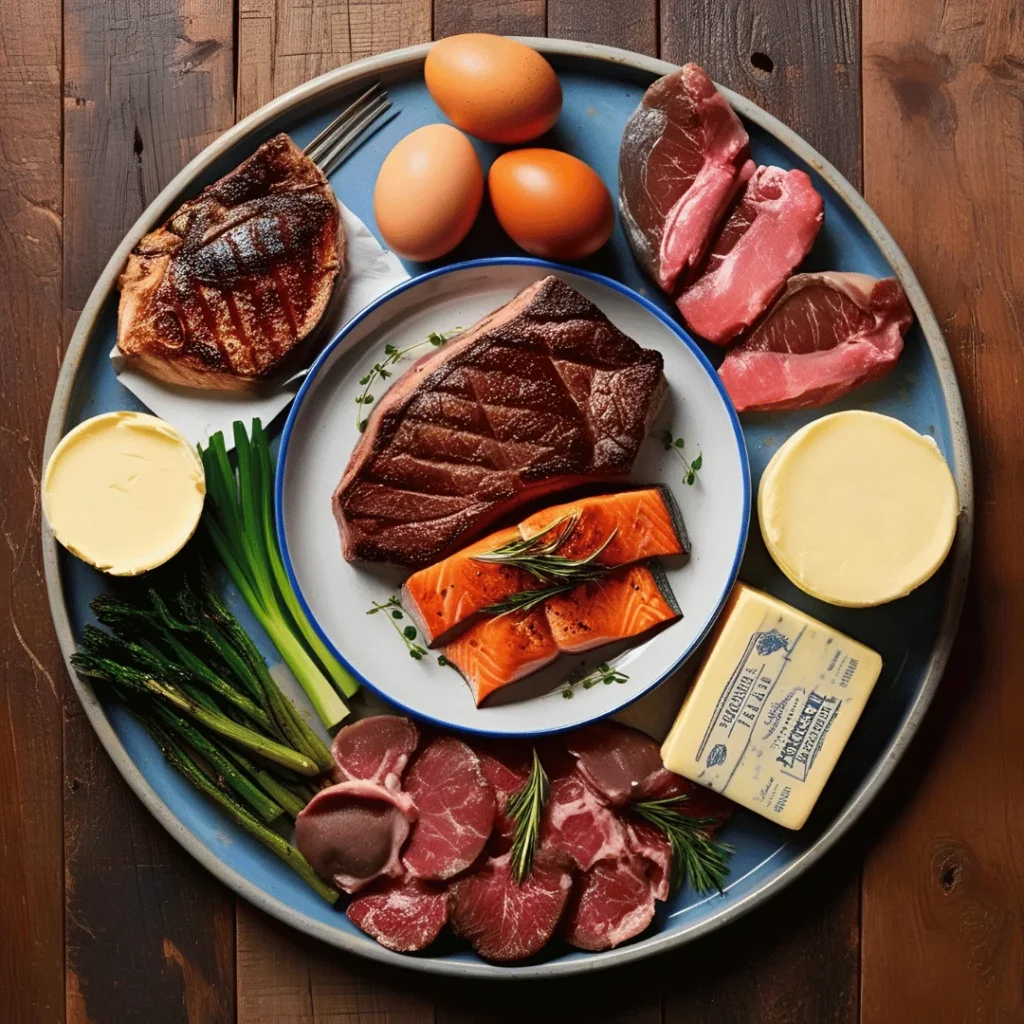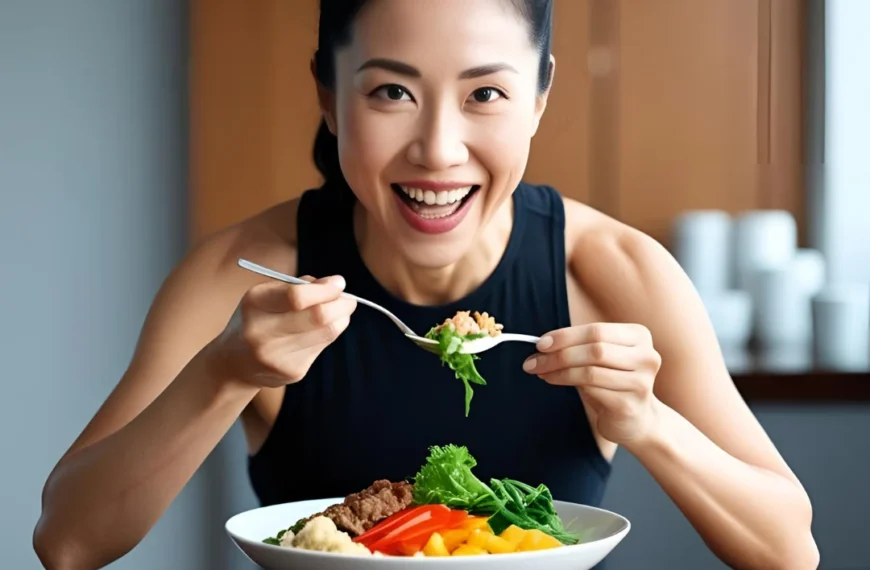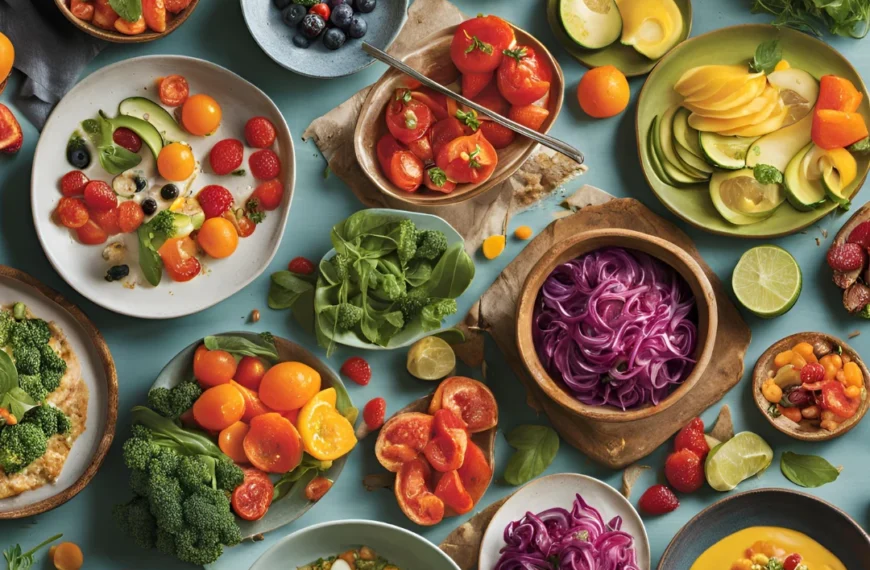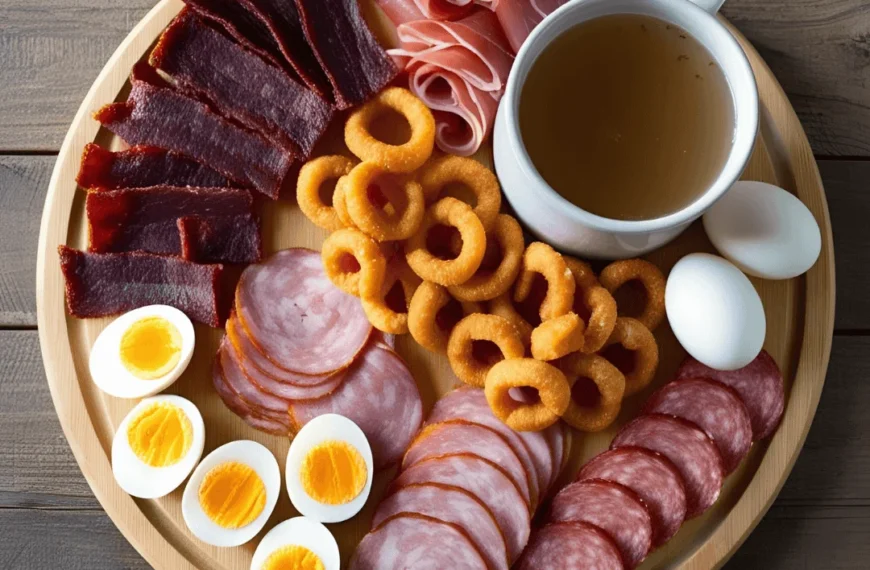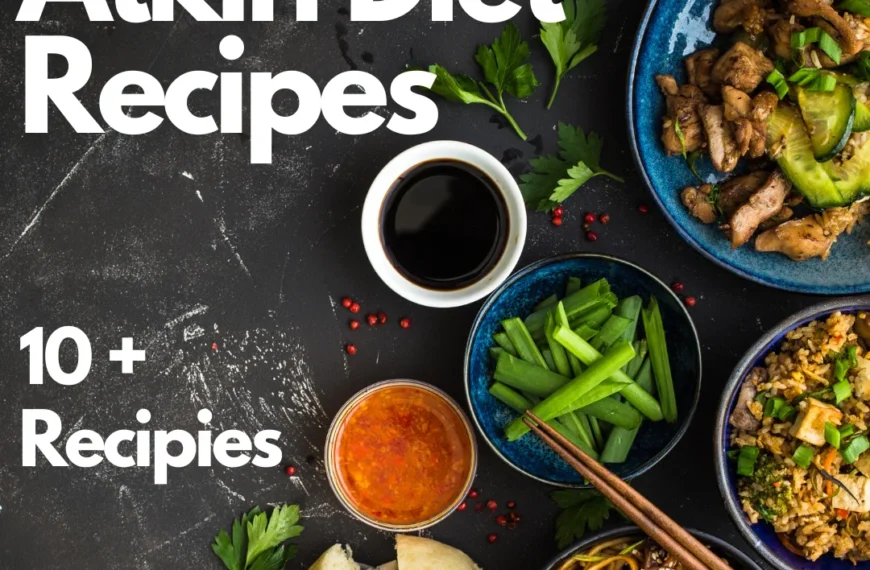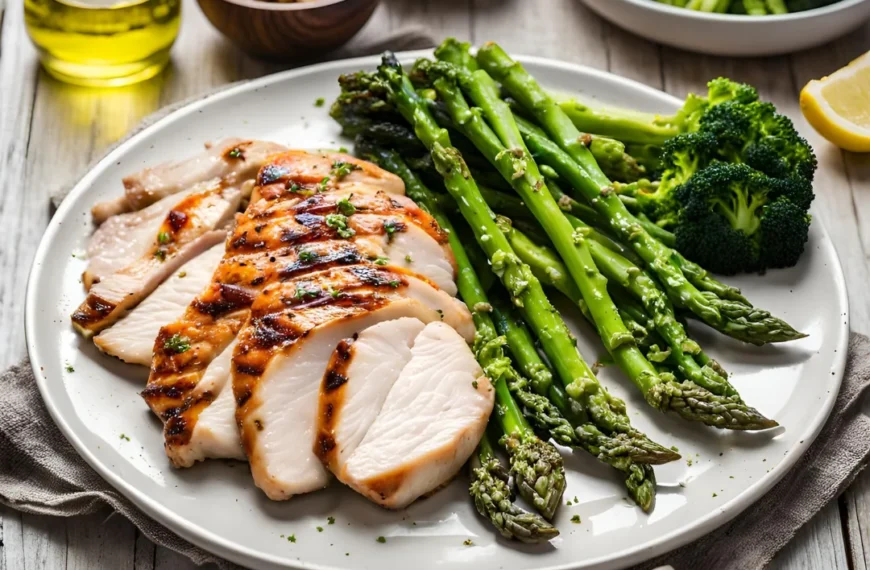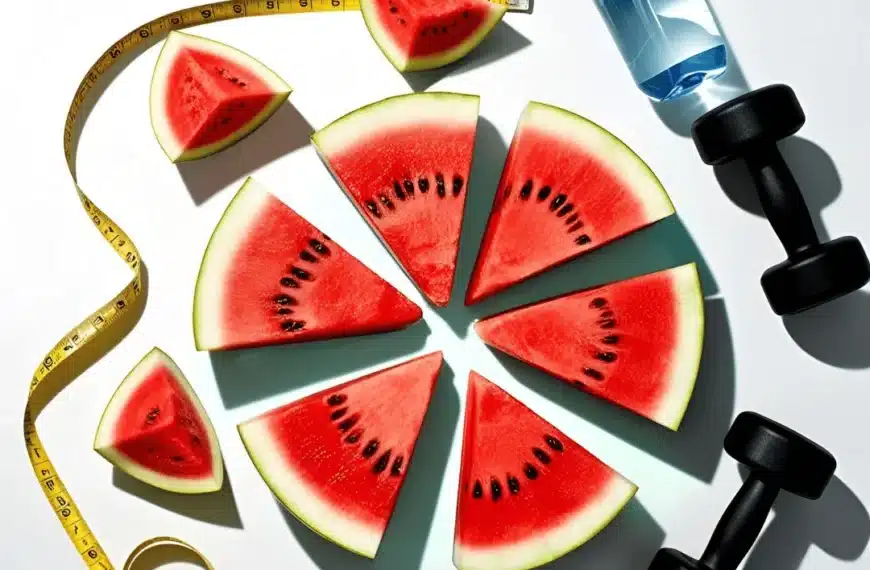Table of Contents
ToggleSummary
The Atkins Diet is a low-carb eating plan designed to help individuals lose weight by significantly reducing carbohydrate intake and focusing on high-protein and healthy fats. The diet works by shifting the body’s metabolism to burn fat for energy, a process called ketosis. By following a carefully structured food list, participants can gradually increase their carb intake over four phases while still maintaining fat-burning progress. Key components of the Atkins Diet Food List include proteins like lean meats, seafood, and eggs, as well as non-starchy vegetables, healthy fats from sources like avocados and olive oil, and moderate amounts of dairy.
In the later stages of the Atkins Diet, certain low-carb fruits like berries and avocados can be reintroduced. Hydration is essential, with water, herbal teas, and black coffee being recommended beverages. These foods not only support weight loss but also provide nutrients essential for overall health, like fiber, antioxidants, and vitamins. By avoiding high-carb foods such as bread, pasta, and sugary snacks, the body remains in ketosis, ensuring continuous fat loss and stabilized energy levels.
Sticking to the Atkins Diet Food List requires commitment but can be made easier with meal planning, checking nutrition labels, and choosing healthy snacks like nuts and cheese. Ultimately, the Atkins Diet is about making smarter food choices to achieve long-term weight loss and better health. For more tips and detailed information on the Atkins Diet.
Introduction
The Atkins Diet is a widely recognized low-carb diet that focuses on promoting weight loss by restricting carbohydrates while encouraging the consumption of proteins and healthy fats. Unlike many other weight loss plans, the Atkins Diet prioritizes foods that help reduce blood sugar levels, curb cravings, and enhance fat burning. One of the key factors to success on the Atkins Diet is making healthy food choices, particularly when it comes to managing the food list across its four phases. In this blog post, we will guide you through the Atkins Diet Food List and highlight the essential foods to include for an effective weight loss journey.
What is the Atkins Diet?
The Atkins Diet is a well-known low-carb eating plan designed to help individuals lose weight and improve overall health by significantly reducing carbohydrate intake. It focuses on shifting the body’s metabolism from using carbohydrates as the primary fuel source to burning fat for energy. This process, known as ketosis, accelerates fat loss and can help individuals achieve sustainable weight loss results.
The core principles of the Atkins Diet are:
- Low-carb focus: By limiting carbs, especially sugars and starches, the body is forced to burn fat for energy.
- High protein: A moderate intake of protein helps preserve lean muscle mass while promoting feelings of fullness, which is key to avoiding hunger.
- Healthy fats: The diet encourages the consumption of healthy fats, such as those from avocados and olive oil, to maintain energy levels and prevent cravings.
The Four Phases of the Atkins Diet
The Atkins Diet Food List is structured around four distinct phases, each serving a specific purpose to gradually increase your carb intake while keeping your body in fat-burning mode. Understanding the progression of these phases is essential for achieving both short-term and long-term weight loss goals. Read more about The Four Phases of the Atkins Diet on wise diets
- Induction Phase
- Balancing Phase
- Pre-Maintenance Phase
- Maintenance Phase
Atkins Diet Food List: Key Healthy Food Choices
The Atkins Diet Food List revolves around the concept of eating foods that are low in carbohydrates but high in protein, healthy fats, and essential nutrients. By focusing on these food groups, the diet helps people shed excess weight while keeping the body energized and healthy. Here, we dive deeper into some of the key food choices that are integral to the Atkins Diet and discuss why they’re crucial for effective weight loss.
Proteins
Protein plays a central role in the Atkins Diet Food List due to its ability to support muscle mass while aiding in fat loss. A higher protein intake helps with satiety, preventing hunger and ensuring you maintain lean muscle mass as you lose fat. Additionally, protein helps maintain healthy metabolism and supports recovery after physical activity.
Here are some excellent protein sources that are consistent with the Atkins Diet Food List:
- Lean Meats: Chicken, turkey, beef, and pork are all great sources of high-quality protein. These meats are low in carbs, making them a perfect choice for the diet.
- Seafood: Fish like salmon, shrimp, tuna, and other seafood varieties provide essential omega-3 fatty acids, which are beneficial for heart health and weight loss. Seafood is also rich in protein and low in carbs.
- Eggs: Eggs are a highly versatile and affordable source of protein. Whether boiled, scrambled, or fried in healthy fat, eggs offer essential amino acids and promote feelings of fullness.
- Dairy: Full-fat dairy products like cheese, Greek yogurt, and heavy cream can be excellent additions to the Atkins Diet. They offer protein, healthy fats, and calcium, all of which are essential for maintaining bone health and supporting weight loss.
For additional details on the benefits of protein, you can refer to this Healthline article on Protein.
Vegetables
Non-starchy vegetables are a cornerstone of the Atkins Diet Food List because they provide important vitamins, minerals, and fiber with minimal carbohydrates. These vegetables are essential in maintaining digestive health and providing the necessary nutrients while keeping your carb intake in check.
Here are some great vegetable choices for your Atkins meal plan:
- Leafy Greens: Spinach, kale, arugula, and lettuce are all low-carb and high in nutrients like vitamin K, folate, and fiber. They can be used in salads, smoothies, or cooked into dishes.
- Cruciferous Vegetables: Broccoli, cauliflower, Brussels sprouts, and cabbage are high in fiber and antioxidants, which help fight inflammation and improve digestion. Cruciferous veggies are also incredibly versatile in the kitchen.
- Other Non-Starchy Vegetables: Zucchini, cucumbers, bell peppers, and asparagus are all fantastic choices for adding texture and flavor to your meals. These vegetables are rich in water and fiber, which help with hydration and digestion.
Including a variety of these vegetables ensures that you get the essential nutrients you need without compromising your low-carb goals. Learn more about low-carb vegetables at The Atkins Website.
Healthy Fats
Fats play a vital role in the Atkins Diet Food List because they provide a long-lasting source of energy and help curb hunger. Healthy fats are also important for maintaining healthy skin, brain function, and hormone production.
Here are some recommended sources of healthy fats that you can incorporate into your meals:
- Avocados: These fruits are an excellent source of monounsaturated fats, which are known for their heart health benefits. They also provide fiber and are a great addition to salads, smoothies, or as a spread.
- Olive Oil and Coconut Oil: Both of these oils are rich in healthy fats and ideal for cooking or making salad dressings. Olive oil, in particular, is packed with antioxidants and has anti-inflammatory properties.
- Nuts and Seeds: Almonds, walnuts, chia seeds, flaxseeds, and pumpkin seeds are great sources of healthy fats and also contain protein. These snacks are perfect for satisfying your cravings while keeping your carb intake low.
These fats not only keep you feeling full but also support overall well-being. Additionally, these fats are integral in maintaining ketosis during the Atkins Diet. You can learn more about healthy fats on Healthline: Healthy Fats.
Dairy (in Moderation)
Full-fat dairy products are often encouraged on the Atkins Diet because they are nutrient-dense and offer healthy fats and protein. However, it’s important to consume them in moderation to avoid excessive calorie intake
Some great dairy options for the Atkins Diet Food List include:
- Cheese: Hard cheeses like cheddar, Parmesan, and Gouda are perfect for snacking or adding to meals. They’re rich in protein and calcium and have low carbs.
- Greek Yogurt: Unsweetened Greek yogurt is packed with protein and probiotics, which are beneficial for gut health. It’s also lower in carbs than traditional yogurt, making it a great option for the diet.
- Heavy Cream: Adding heavy cream to your coffee or using it in cooking can help you satisfy your fat needs while adding flavor and richness to your meals.
While dairy can be a great part of your Atkins plan, it’s important to avoid products that contain added sugars or excessive carbs. For more information on healthy dairy choices, visit The Dairy Council of California.
Fruits (in Later Phases)
Fruits are generally limited during the first two phases of the Atkins Diet due to their higher carb content. However, in the later phases, certain fruits can be included in moderation.
These fruits are typically lower in carbs and rich in antioxidants and fiber:
- Berries: Strawberries, raspberries, and blackberries are low in carbs and high in fiber and vitamin C. These fruits make an excellent snack or addition to smoothies and desserts.
- Lemons and Limes: These citrus fruits are low in carbs and can add a refreshing flavor to water, salads, or dishes without adding too many carbs.
- Avocados: Though technically a fruit, avocados are an excellent source of healthy fats and can be added to meals or eaten as a snack.
Beverages
Staying hydrated is crucial on the Atkins Diet, as dehydration can hinder weight loss and disrupt ketosis. While water should be your go-to drink etc.
there are several other beverages you can enjoy while keeping carbs at bay:
- Water: Drinking plenty of water throughout the day helps with digestion, energy, and overall well-being.
- Herbal Teas: Unsweetened herbal teas like chamomile, peppermint, and green tea are excellent options that are free from sugar and carbs.
- Coffee: Black coffee or coffee with a splash of heavy cream is an acceptable option on the Atkins Diet. Just be sure to avoid sugary additives and high-carb creamers.
Avoid sugary sodas, fruit juices, and sweetened beverages, as these can quickly add empty carbs to your daily
Why Choosing the Right Foods is Essential for Weight Loss
Making the right food choices from the Atkins Diet Food List is essential to achieving weight loss and maintaining long-term health. By significantly reducing carbs and focusing on nutrient-dense, whole foods, the body enters a state of ketosis, where it burns fat for energy instead of carbs. This metabolic shift accelerates fat loss and helps keep energy levels stable throughout the day.
Choosing low-carb, high-protein foods ensures that the body stays nourished while burning fat. Additionally, healthy fats from foods like avocado and olive oil support satiety, making it easier to stick with the diet long-term. It’s crucial to avoid high-carb foods such as bread, pasta, and sugary treats, as these can disrupt ketosis and hinder weight loss progress.
For more detailed insights on the benefits of choosing the right foods for weight loss, visit WebMD’s Atkins Diet Overview.
Tips for Sticking to the Atkins Diet Food List
Sticking to the Atkins Diet Food List can be challenging, but with proper planning, it’s achievable:
- Meal prepping: Plan meals ahead of time to ensure you have the right foods available.
- Read nutrition labels: Check for hidden carbs in packaged foods.
- Healthy snacks: Carry low-carb snacks like nuts, cheese, and boiled eggs to avoid temptation.
FAQs
1. What foods are not allowed on the Atkins Diet?
Foods high in carbs, such as bread, pasta, sugary snacks, and most fruits, should be avoided in the early stages of the Atkins Diet.
2. Can I eat fruits on the Atkins Diet?
Fruits are allowed but in limited quantities, particularly in later phases, with berries, lemons, and avocados being the best options.
3. How can I prevent hunger on the Atkins Diet?
Eating sufficient healthy fats and proteins helps with satiety, keeping hunger at bay while promoting fat-burning.
4. Is the Atkins Diet suitable for everyone?
While it can be effective for many, individuals with specific health conditions should consult with a healthcare provider before starting the Atkins Diet.
Conclusion
The Atkins Diet Food List offers a wealth of healthy, low-carb options that make it easier to lose weight while nourishing your body. By choosing the right foods across the four phases, you’ll set yourself up for success in achieving long-term weight loss. Remember, the Atkins Diet is not just about restriction. it’s about making healthier food choices to improve overall well-being. Start incorporating these food choices today, and track your progress for sustainable, effective weight loss.
For more insights into the Atkins Diet, visit Wise Diets.

